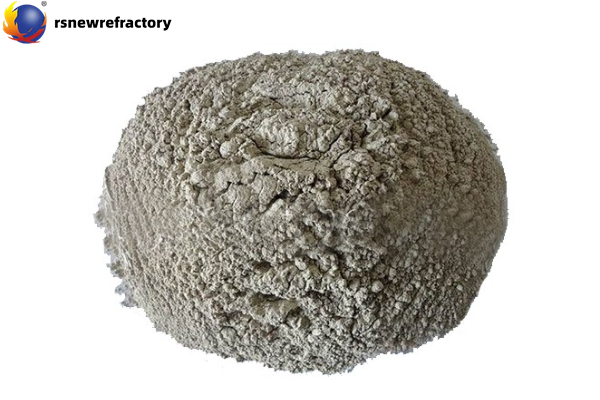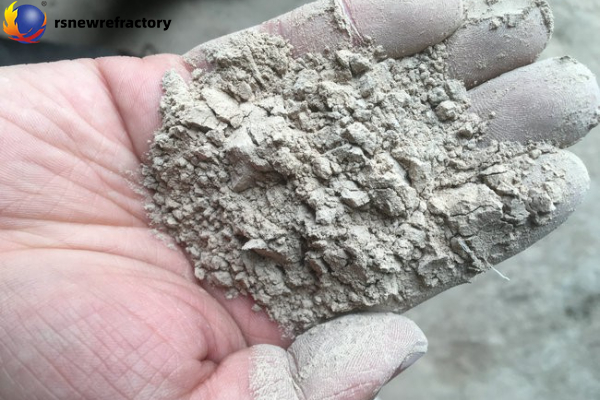The difference between heat resistant cement and ordinary cement
The main differences between heat resistant cement and ordinary cement are high-temperature resistance, composition, physical and chemical indicators, and application occasions. Simen refraktori is high temperature resistant, high strength, low shrinkage, and suitable for high temperature and corrosive environments; ordinary cement is used in the construction field, with high bonding strength and good durability. The two have their own characteristics and cannot be replaced by each other.

The difference between high-temperature-resistant cement and ordinary cement
Different ingredients
Refractory cement is a refractory material made of high-temperature resistant materials such as alumina, calcium oxide, and silicon oxide that can withstand extremely high temperatures, usually above 1000°C, with good fire resistance, rintangan haus, and corrosion resistance.
Ordinary cement is a material mainly used in building masonry. It is mainly made of limestone, tanah liat, and gypsum. It can withstand low temperatures, usually below 100°C, and has good bonding strength and durability.
There are differences in physical and chemical indicators
Different chemical composition
Refractory cement contains high-temperature resistant oxides in its composition, which makes it have excellent high-temperature resistance. In contrast, ordinary cement mainly contains silicates and its performance is relatively conventional.
Different compressive strength
Refractory cements tend to perform better, especially at high temperatures, where their strength remains more stable.
Different shrinkage rates
Refractory cement is also far superior to ordinary cement in terms of shrinkage at high temperatures, with less shrinkage helping to maintain structural stability.
Different application scenarios

Refractory cement is usually used in places that are exposed to high temperatures for a long time and in places with certain corrosiveness, such as furnaces, fireplaces, industrial kilns, high-temperature chimneys, dan lain-lain. Due to its superior high-temperature resistance and fire resistance, it can effectively protect the structure from high-temperature damage.
Ordinary cement is more commonly used in the construction field, such as houses, bridges, roads, concrete structures, dan lain-lain., for general construction and infrastructure construction. Ordinary cement has high bond strength and durability and is suitable for structures that bear static and dynamic loads.
 Kilang Refraktori Rongsheng
Kilang Refraktori Rongsheng
WeChat
Imbas Kod QR dengan wechat